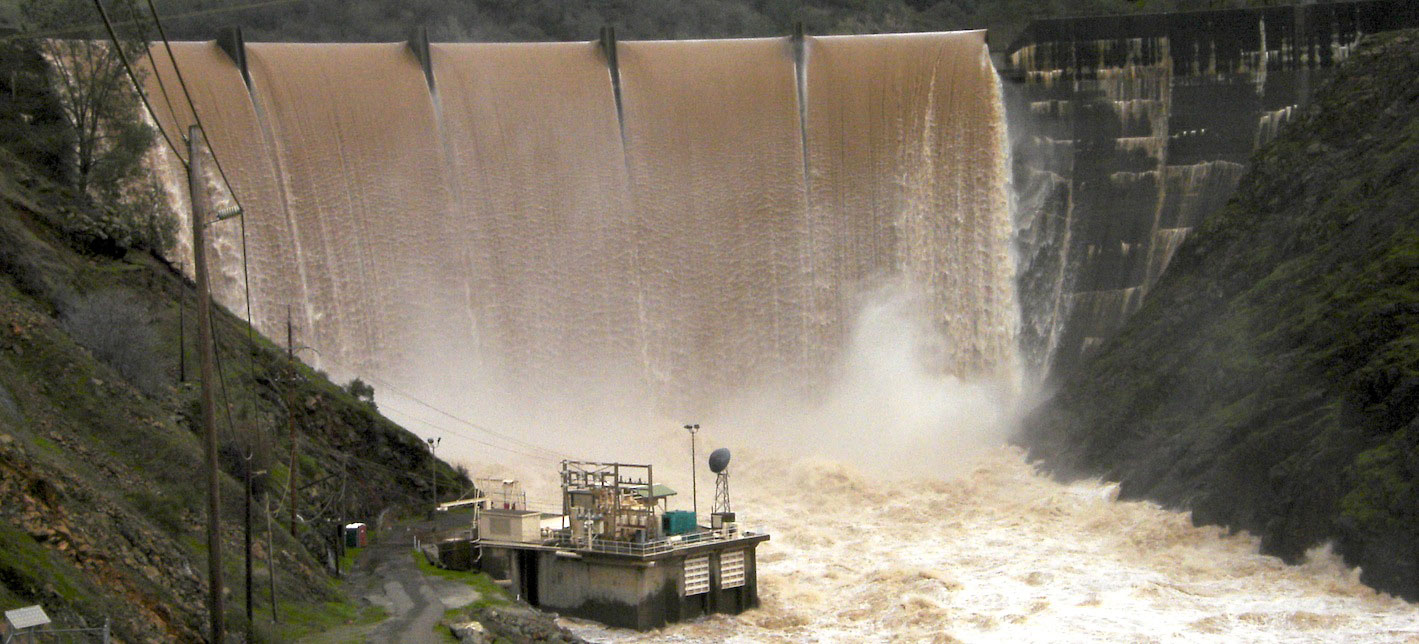In this Section:
Instructor TA Info Grading Policy Syllabus Readings Online TA Help Field Safety
In this Section:
Chapter 21 Chapter 1 Chapter 2 Chapter 3 Chapter 4 Assignment 1 Chapter 5 Chapter 6 Assignment 2 Chapter 7 Chapter 8 Chapter 9 Assignment 3 Chapter 10 Chapter 12 Chapter 11 Chapter 13 Chapter 14 Assignment 4 Chapter 15 Chapter 16 Chapter 16b Chapter 17 Field Equipment Showcase Chapter 18 Chapter 19 Chapter 20 Chapter 22 Chapter 23 Chapter 24 Course Review
Assignment 2
Experimental Design and Spatial Characterization
Outline:
- Today we will do a local field trip, so be prepared to go outside! We will be out for 2 hrs and then we will come back and be in the lab for ~30 minutes.
- It is very important that we all meet promptly by 1:10 pm. Instead of meeting at the normal classroom, we will meet at the west entrance of Veihmeyer Hall by the driveway off of California St. veihcles will be waiting for you.
- I will not be providing advanced information about the purpose and destination of the trip, because I want it to be a surprise where you have no advanced planning for the scientific activity. In order to be prepared, what you need to do is the following:
- Dress to be outside for 2-3 hours of an afternoon no matter what the weather is. We will be in the local Davis area, so go based on Davis weather.
- Wear shoes that allow you to have good traction in dirt, wet grass, and possibly muddy ground. You do *not* need any kind of waders. You will not be walking in water or snow. The ground may be wet, so I do not recommend tennis shoes. Lightweight to full hiking boots are ideal.
- Bring at least 16 oz of drinks and optionally an afternoon snack. You could get warm and want something to drink, so bring what you might need. You know what you need to eat, so plan accordingly.
- Avoid bringing all your books, laptop, etc., if you don't have to. If you want a place to put your stuff, then you can drop it all in Veihmeyer 228 before we go, but then show up early to do that. You'll have to carry supplies for your group, so it does help to have a daypack to put stuff in amongst your group members.
- Bring a pencil, rite-in-the-rain notebook (available in UCD bookstore), and calculator with you. If you have a smartphone, then that is fine for a calculator. You might want a camera to photo-document your activities.
- Review information on the course website and other online sites about identifying and avoiding poison oak, especially in the winter when it lacks leaves. Be prepared to isolate your field clothes in a plastic bag when you get home, so you can watch them quickly without getting any poison oak oil on your household furniture, items, etc. We have never had a bad exposure from this trip, but we have had a few light ones, so it is best to always assume you might get it and be prepared to deal with it. You won't know you got it until days later, so focus on washing yourself and your stuff soon and a couple times.
Textbook reading:
- none.
Other reading:
- none.
Homework: Due 01/30/15 (2 weeks)
- You do not need to use the full report format on this homework. Use a simplified report format but continue to show all calculations, graphs, maps, etc as clearly as possible.
Related web links:
- none.
In this Section:
Instructor TA Info Grading Policy Syllabus Readings Online TA Help Field Safety
In this Section:
Chapter 21 Chapter 1 Chapter 2 Chapter 3 Chapter 4 Assignment 1 Chapter 5 Chapter 6 Assignment 2 Chapter 7 Chapter 8 Chapter 9 Assignment 3 Chapter 10 Chapter 12 Chapter 11 Chapter 13 Chapter 14 Assignment 4 Chapter 15 Chapter 16 Chapter 16b Chapter 17 Field Equipment Showcase Chapter 18 Chapter 19 Chapter 20 Chapter 22 Chapter 23 Chapter 24 Course Review


